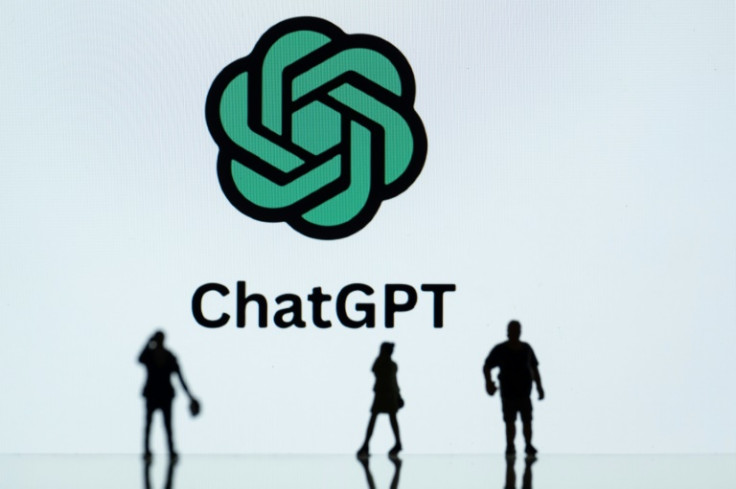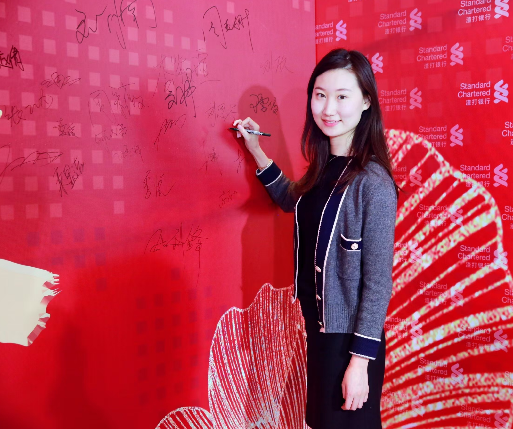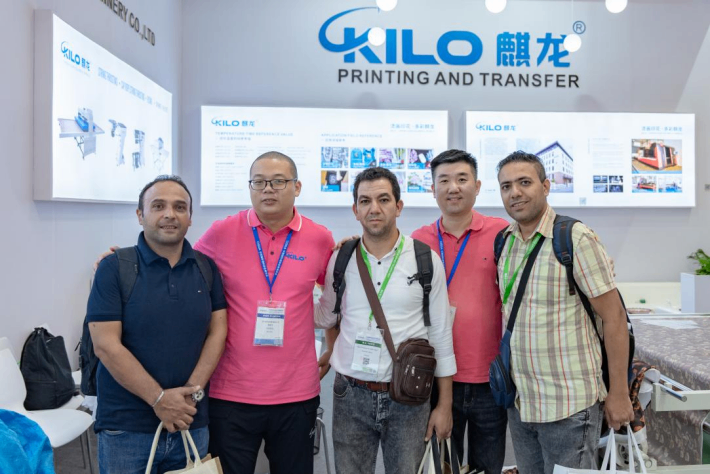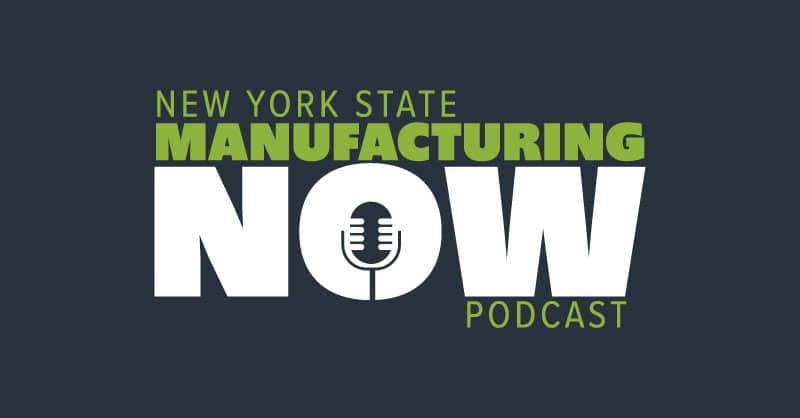This fall, as I have for nearly 29 years as an educator and academic advisor, I’ll face freshmen engineering students who are certain of what they’re going to do with the rest of their lives.
 Then they take a few classes, join some clubs, look around – and some will realize this is not what they expected and may not be what they want. They’re at a loss. Suddenly, all their preparation to follow a single, narrow path has done them more harm than good.
Then they take a few classes, join some clubs, look around – and some will realize this is not what they expected and may not be what they want. They’re at a loss. Suddenly, all their preparation to follow a single, narrow path has done them more harm than good.
Today’s high school students are expected to decide on a life path early, and dedicate everything to pursuing that track. This is especially true for teens considering a STEM field, such as engineering or science, as they often use their high school experience to take all the STEM courses that will prepare them for college. While it can produce students with high technical capabilities, this hyper focus can have serious drawbacks.
We do this to them – we educators, we parents. We want what is best for them and for them to succeed, so when they show an affinity for a certain subject, we’re quick to jump in and encourage them to pursue it.
But we fail to realize that we likely force the decision-making process too soon, which puts unnecessary pressure on them. Even worse, we send the message that the best way to succeed in life is to stick to a single path, rather than allowing yourself to grow and change in the face of new experiences.
As a result students feel crunched. They’re trying to adjust to college and their parents’ expectations. It’s hard to make expansive change when they’ve been taught – at school and home – to be so rigid.
So how do we help?
We can help by encouraging students to use high school to build a breadth of knowledge in many different areas, knowing that college will be the time to build depth. By encouraging a variety of academic subjects in high school – even if the goal is pursuing a science, engineering or other highly technical path. Doing so will produce students who are better thinkers and have a more well-rounded education.
Think about this as a more liberal arts approach, in which a student understands and can apply elements from many, non-science fields to his or her work. For example, concepts of shapes, balance, structure and flow found in architecture or art may have counterparts in, say, chemistry or materials sciences.
Consider engineering: Though engineering integrates computer science and mathematics, it also requires a great deal of creative thinking about the non-science world, problem solving and an understanding of connections between and among different disciplines and situations. Engineering is, in essence, a discipline of creating, building and making – one that can lead to myriad (often surprising) career opportunities. The more a student knows — and continues to learn – about more subjects, the better an engineer he or she will be. (See: Leonardo da Vinci.)
Perhaps most important, a more expansive experience produces young people better equipped to deal with the uncertainty they will face in college, careers – and life.
So every time a freshman enters my office, very concerned, and says he is “undecided” or she doesn’t yet know what she wants to do, I want to applaud. Because that’s what the university experience is all about—helping students find their own unique paths to the future.
But this can only work if the student – and parents – are open-minded enough to be patient and entertain many possibilities.
If we give students a broad-based high school foundation before entering college, I believe we can create a generation of passionate, engaged engineers and scientists, who are just as well-versed in communication and issues of social change as they are with technical formulas and computational modeling techniques.
Popular News

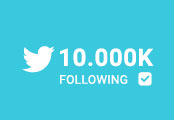
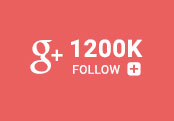
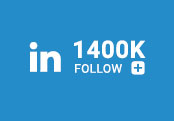
Current News
Manufacturing

Collaboratively administrate empowered markets via plug-and-play networks. Dynamically procrastinate B2C users after installed base benefits. Dramatically visualize customer directed convergence without
Collaboratively administrate empowered markets via plug-and-play networks. Dynamically procrastinate B2C users after installed base benefits. Dramatically visualize customer directed convergence without revolutionary ROI.





About Us
Tech Photos


